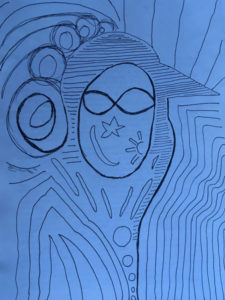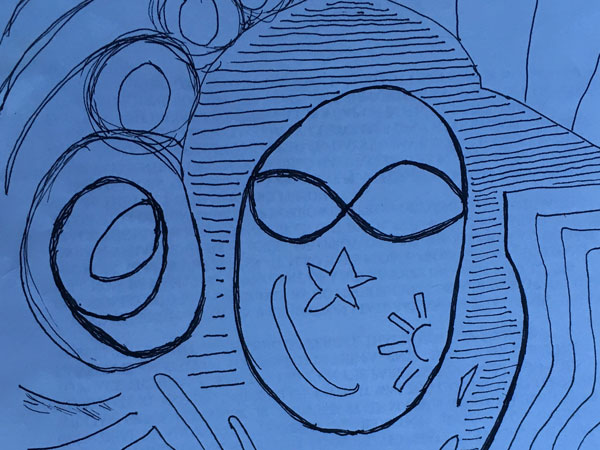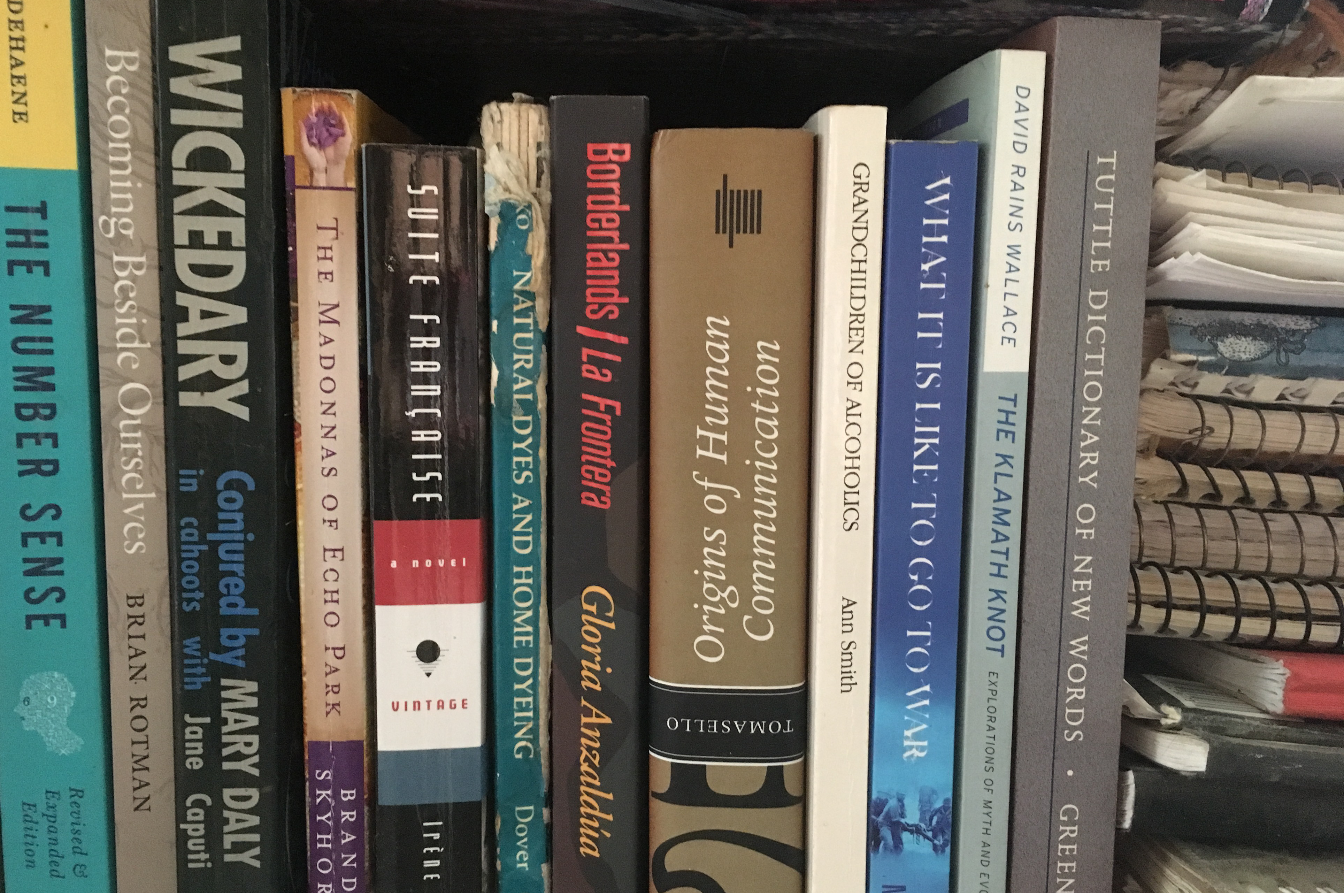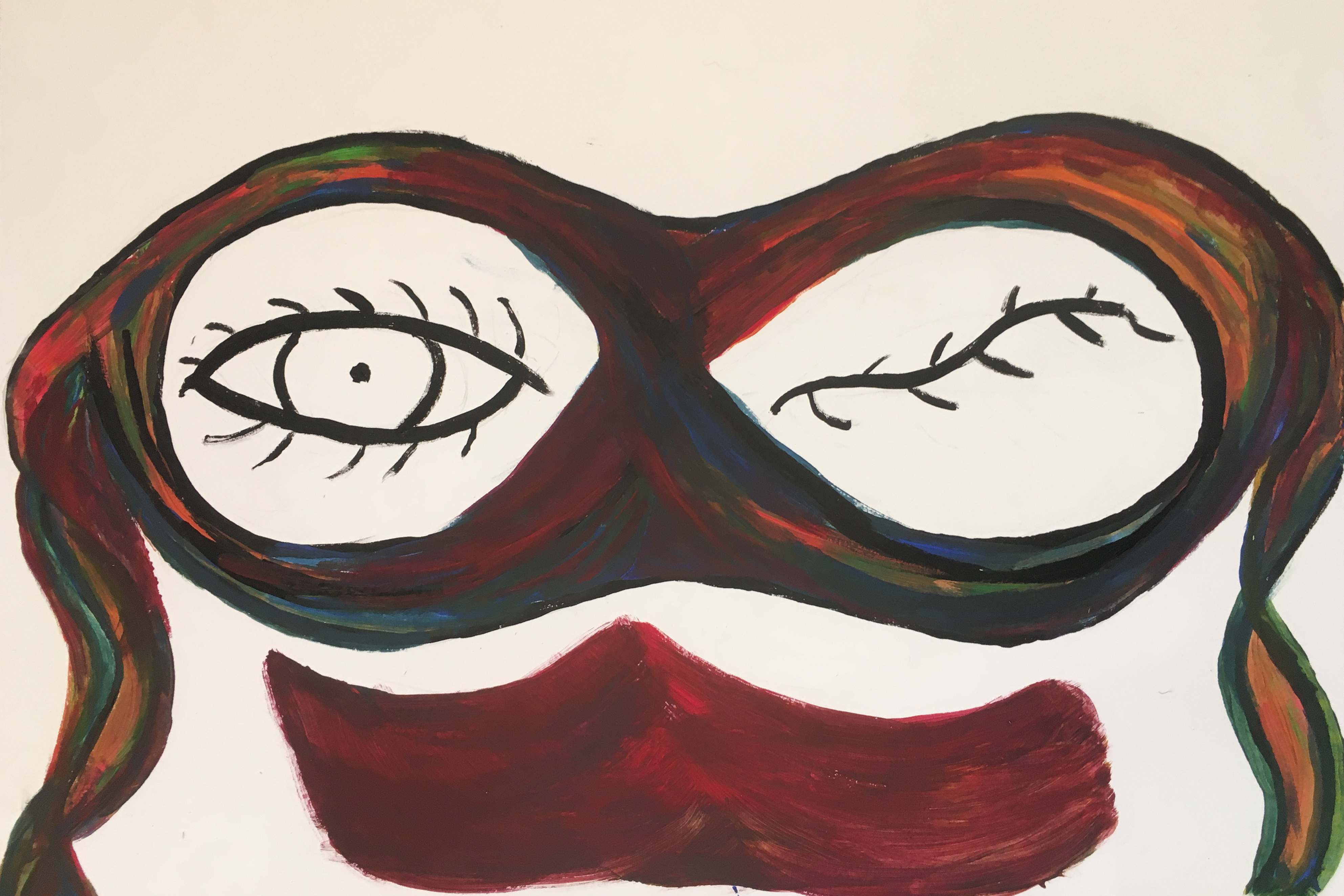 2 + 2 is an idea. Math is the kind of thinking that leads to ideas like 2 + 2.
2 + 2 is an idea. Math is the kind of thinking that leads to ideas like 2 + 2.
2 + 2 is an idea about addition.
If you get to 2 + 2 in your thinking, you might also get to ideas like counting, long division, prime numbers, and Sudoku puzzles. These ideas all come from the branch of mathematics known as Number Theory.
Mathematics has many branches and people are always trying to start new ones. Group Theory, Set Theory, Complexity Theory, and Graph Theory are all different branches of mathematics a person could learn about.
Notice the word theory. It implies some degree of uncertainty. It means that not everything is known. It means that there is still a lot left to figure out.
Some other branches of math have names like Geometry, Calculus, Combinatorics, Topology, Cryptography, Logic, and Statistics. Even though they don’t have the word theory in their names, there is much left to figure out in these fields as well.
In fact, it’s the figuring out that math is really about. If someone says “2 + 2” and you can answer “4” without thinking, you’d be talking about math, but not actually doing math. However, when you were really little and beginning to learn about numbers and counting, perhaps you built things with blocks. Back then, the blocks might have led you to notice ideas like 2 + 2 for the first time. Back then, you were doing the math.
If nowadays, you get caught up in a mystery story or any kind of a tale where you keep trying to guess ahead to what will happen next, the math you are doing would be Logic.
If you’ve misplaced your shoes somewhere at home, one way to find them is to touch every single object in your house until you touch the (no-longer!) missing shoes. Deciding whether that’s a good way to organize your search is the kind of thinking one does in Complexity Theory.
Trying to untangle a garden hose or a snarled nest of bungie cords? When you slow down and get methodical about it, you are beginning to do Knot Theory.
What about when you set out from home with a slew of errands? You have to take certain items with you and then do certain things in a series of locations. You don’t want to be zig-zagging all over the place. You might have other constraints, too, such as something that must happen at a certain time, or how much you can carry and how far you can walk with it. Maybe there is public transportation involved, a bicycle, or a ride with a friend. Organizing yourself to get all your errands done with a minimum of fuss is a problem in Graph Theory.
Have you ever wondered if there is a way you can change your long underwear without removing your jeans, or take off your bra without removing your shirt? As soon as you do, you are thinking the thoughts of a Topologist. Your topological thoughts could lead you to notice that accomplishing these tricky wardrobe changes depends on the design of the articles of clothing themselves. Which could get you to wondering about all the different things you can make when you sew parts of a piece of fabric to itself. What is the difference between a shirt and a pair of pants anyway? Keep turning over ideas like these, and you’ll be doing Topology.
Sometimes people do math in order to accomplish a specific practical goal. Other times people do math for the simple sake of the what-if questions: What if the jeans had 3 legs? What if you are certain somebody hid your shoes?
Whatever the reasons, it’s math because of the kind of thinking involved. The kind of thinking you do when you are figuring something out. Something like whether or not 2 + 2 is always equal to 4.




